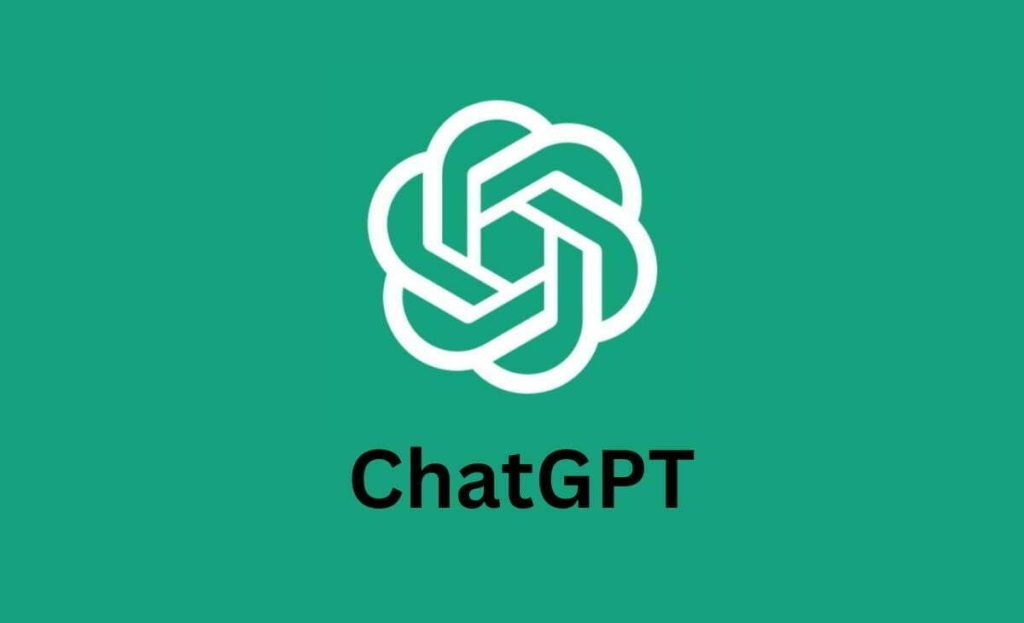Introduction to ChatGPT
ChatGPT is a revolutionary language model designed by OpenAI. It has transformed how humans interact with artificial intelligence. Today, millions worldwide engage with ChatGPT daily to answer questions, generate content, and explore ideas. But what exactly makes ChatGPT so remarkable? First, it excels at understanding and producing human-like text. Thanks to advanced algorithms and extensive training data, ChatGPT creates coherent and contextually relevant responses. Essentially, it bridges the gap between humans and machines, making communication effortless and natural.
How Does ChatGPT Work?
At its core, ChatGPT leverages deep learning techniques called transformer architectures. This allows it to analyze vast amounts of text data rapidly. As a result, ChatGPT predicts the most probable words and phrases, producing meaningful sentences. Its active voice structure ensures that responses are direct and engaging. Additionally, ChatGPT continually learns from new data, meaning it becomes smarter over time. This ongoing learning process allows it to adapt to various topics and writing styles effortlessly. Therefore, ChatGPT stands out as a versatile tool across different industries and applications.
Applications of ChatGPT
People utilize ChatGPT in countless ways today. For instance, writers use it to draft articles or brainstorm ideas. Students rely on ChatGPT for explanations and homework help. Businesses incorporate ChatGPT into customer support centers to handle inquiries efficiently. Moreover, developers use ChatGPT to code or troubleshoot software issues. The versatility of ChatGPT stems from its ability to generate precise, context-rich responses swiftly. Consequently, it becomes an indispensable assistant in many contexts, saving time and enhancing productivity.
Benefits of Using ChatGPT
One significant advantage of ChatGPT is its availability around the clock. Unlike human assistants, ChatGPT never sleeps. It offers immediate, accurate responses, reducing wait times significantly. Additionally, ChatGPT's adaptability allows for personalized interactions tailored to individual needs. For example, it can mimic different writing styles or tones effortlessly. Furthermore, ChatGPT's expanding capabilities mean that it continues to improve, providing increasingly valuable assistance. Overall, people find ChatGPT user-friendly, efficient, and highly reliable.
Challenges and Future Prospects
Despite its impressive features, ChatGPT faces certain challenges. Sometimes, it produces responses that are factually incorrect or nonsensical. This issue arises because it predicts text based on patterns rather than understanding facts profoundly. To address this, developers continually refine ChatGPT's algorithms and training data. Looking ahead, experts anticipate that ChatGPT will become even more accurate and context-aware. As AI research advances, ChatGPT could integrate multimodal inputs, such as images and sounds, further enhancing its versatility. The future of ChatGPT appears bright, promising a world where AI seamlessly integrates into daily life.
Conclusion: The Significance of ChatGPT
Ultimately, ChatGPT marks a groundbreaking milestone in artificial intelligence and natural language processing. It demonstrates how AI can understand, generate, and interact with human language effectively. As a result, ChatGPT not only simplifies complex tasks but also opens new horizons for innovation. With continuous improvements, ChatGPT will likely play a crucial role in education, business, and entertainment sectors. In conclusion, ChatGPT embodies the future of AI-powered communication—powerful, adaptable, and accessible for everyone.
